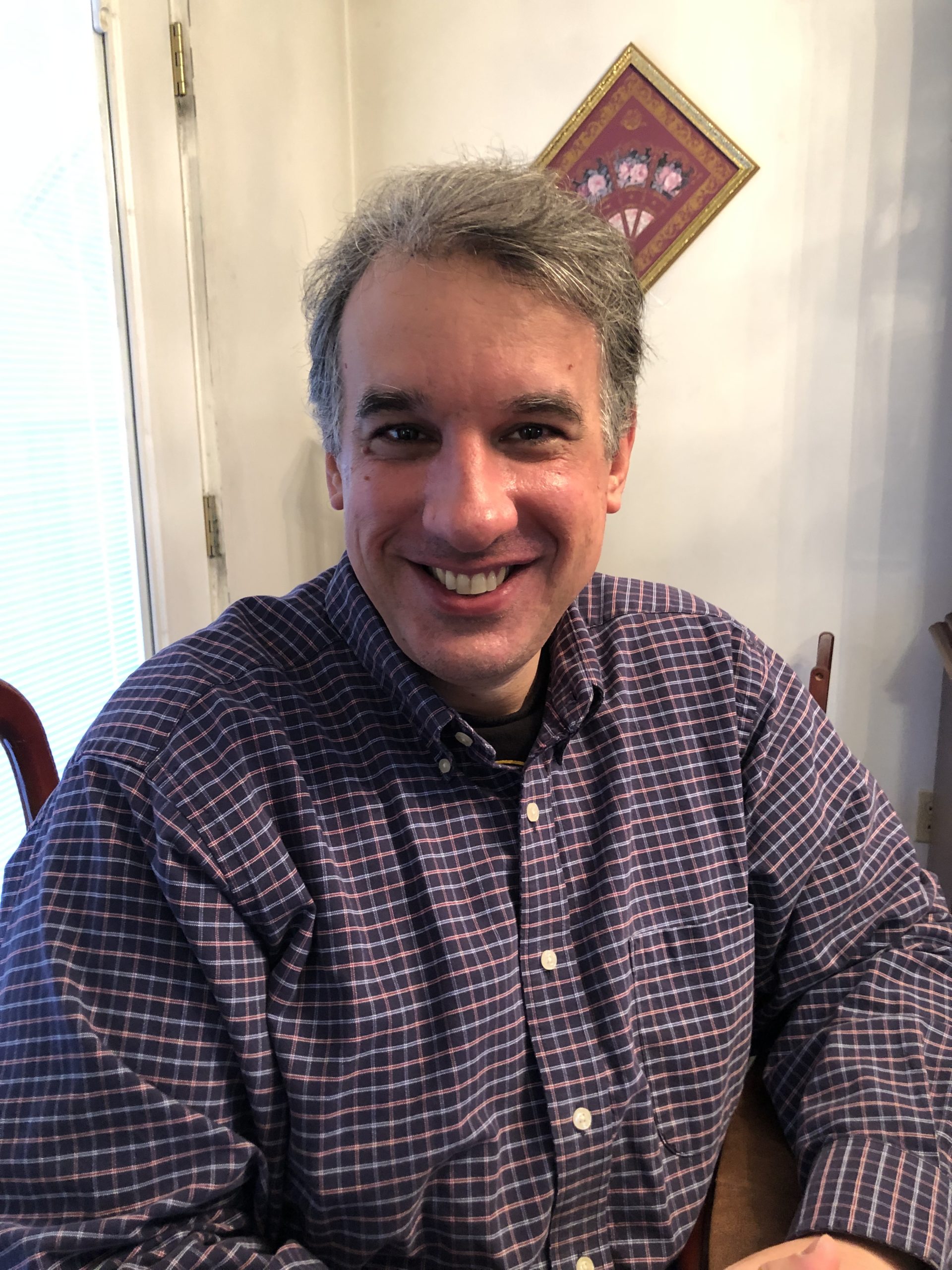Workers Trigger Ancient Bylaw While Working on Modern Bridge
The Millennium Bridge, spanning London’s Thames River, has a curious new ornament that doubles as a useful cultural lesson.
According to the City Bridge Foundation — a London-based organization that dates to the 12th century — construction work on the Millennium Bridge has triggered an ancient bylaw that requires workers to dangle a bundle of straw — yes, a bundle of straw — from bridges so as to warn shipping traffic of ongoing work.
Tuesday on the social media platform X, the foundation posted photos of a contractor lowering the bundle of straw. An accompanying post both explained and celebrated the ancient practice.
“In accordance with ancient tradition (and the Port of London Thames Byelaws) a bundle of straw is dangled from Millennium Bridge to warn shipping of work under the bridge (we’re not making this up, honest). Robert, from our rope access contractor CAN Ltd, does the honours,” the City Bridge Foundation said.
In accordance with ancient tradition (and the Port of London Thames Byelaws) a bundle of straw is dangled from Millennium Bridge to warn shipping of work under the bridge (we’re not making this up, honest). Robert, from our rope access contractor CAN Ltd, does the honours. pic.twitter.com/UDEFfFsMLk
— City Bridge Foundation (@CityBridgeFndn) October 17, 2023
Later on Tuesday, a second post highlighted the organization’s role and lengthy history.
“Modern bridge, ancient traditions. Our charity’s been around for 900 years now, in one form or another. We’ve been bridging London for a long, long time,” the foundation said.
Modern bridge, ancient traditions. Our charity’s been around for 900 years now, in one form or another. We’ve been bridging London for a long, long time. https://t.co/axGYIXbz5N
— City Bridge Foundation (@CityBridgeFndn) October 17, 2023
According to City A.M., a London-based business and financial news outlet, Londoners can expect to see the dangling bundle of straw through early November.
“This is one of those quirky traditions London is famous for, but it also does serve a practical purpose, to warn shipping when the headroom under a bridge span is reduced,” the City Bridge Foundation told the outlet.
That tradition appears in codified form in the Port of London Thames Bylaws, 36.2.
“When the headroom of an arch or span of a bridge is reduced from its usual limits, but that arch or span is not closed to navigation, the person in control of the bridge must suspend from the centre of that arch or span by day a bundle of straw large enough to be conspicuous and by night a white light,” the relevant bylaw reads.
The City Bridge Foundation, which has existed continuously in one form or another since the year 1112, also owns and manages London’s famous Tower Bridge.
That kind of history inspires reflections not easily put into words.
Last month, for instance, people in northeast England mourned a teenage vandal’s senseless destruction of their iconic Sycamore Gap tree. The 300-year-old tree, which stood near the ancient ruins of Hadrian’s Wall, appeared in the 1991 film “Robin Hood: Prince of Thieves,” starring Kevin Costner.
At the time, many people expressed both outrage and confusion. They felt intense sadness, but they also could not understand why they grieved over a tree.
The bundle of straw dangling from a London bridge helps explain that feeling.
Human beings have built or created many things. In the modern world, what we cannot personally build or create, we can often purchase. But we cannot build, create or purchase shared historical memories. Those we can only inherit.
Historical memories connect people across time. In that sense, they serve as a meaningful and healthy source of cultural identity.
Unhealthy sources of identity, of course, include skin color and other meaningless physical differences that reflect only tribal prejudices.
Cultural identity, on the other hand, involves things like patterns of behavior based on common values. The meanings attached to physical objects such as trees and bundles of straw play a subtle yet important role in preserving that identity.
We dismiss these unifying factors at our peril.
For instance, consider the following colorized and remastered video of a London street scene in the 1930s:
The pace of life feels different. And you can almost still hear the clop of horse-drawn carriages that dominated those streets only a generation earlier. But you recognize London.
Now, consider the following video of a pro-Palestinian rally in central London late last week:
Whatever one thinks of the ongoing conflict in the Middle East, such videos should give pause.
The concern, of course, has nothing to do with immigrants as immigrants. When people leave their native shores and settle elsewhere, they usually assimilate. When this happens in a healthy way, they preserve and transmit some of their own culture.
Nor should the different-colored flags alone trouble us. Indeed, Manhattan’s Lower East Side in the late 19th century sported as many national flags as there were ethnic neighborhoods.
What should concern us, however, is the protesters’ unconcealed hostility to the cultural values that surround them. This hostility, coupled with the sheer speed and magnitude of demographic changes, will place unbearable strains on Western societies.
In that context, even bundles of straw carry the deepest meaning.
Truth and Accuracy
We are committed to truth and accuracy in all of our journalism. Read our editorial standards.












